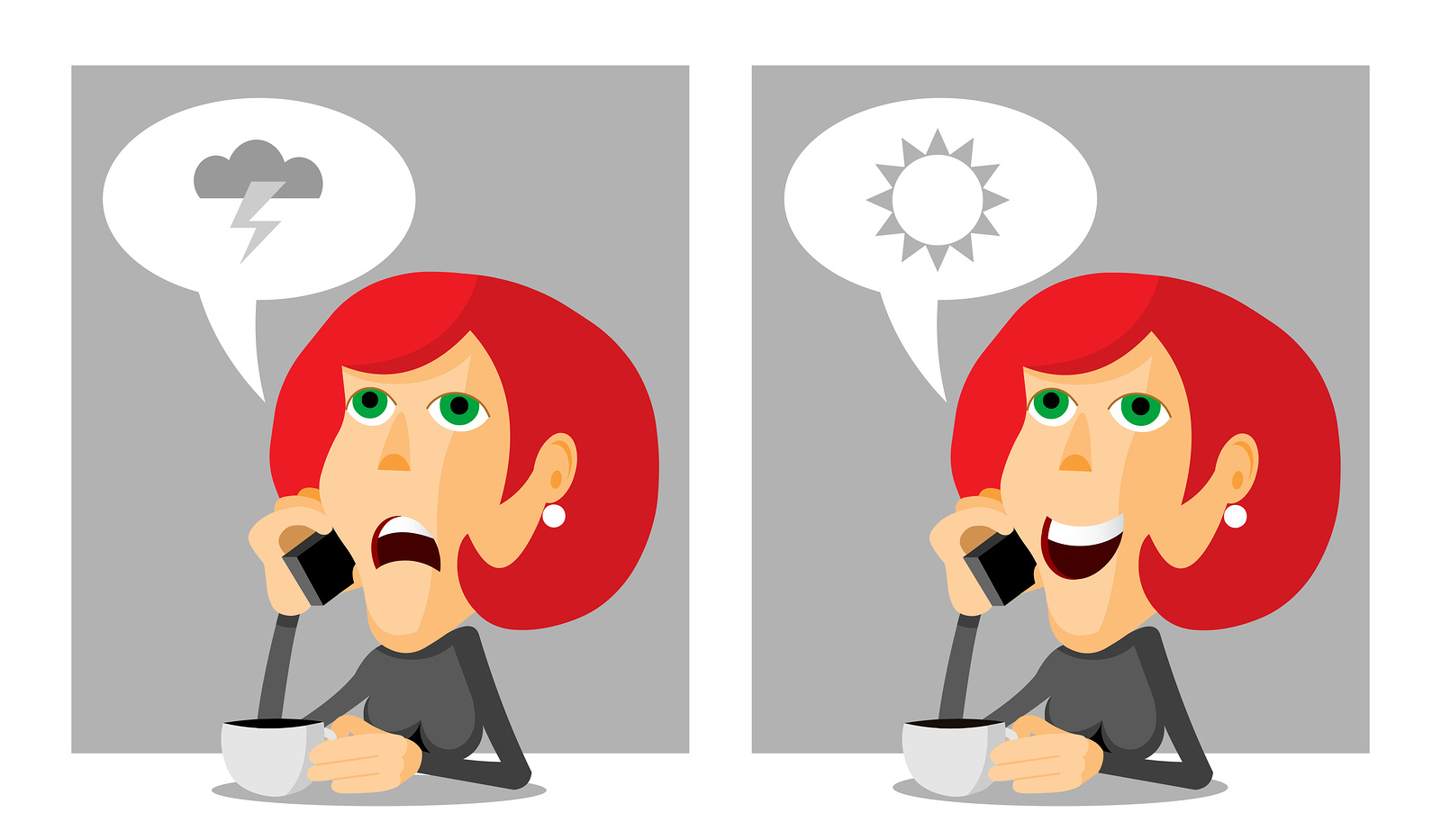How Does Customer Experience Impact Angry Customers?

We don’t want to ruin your good mood, but humor us for a moment and think back to a time when a company made you angry. Specifically, remember that moment you contacted customer service because of some error, mishap, or malfunction, only to hang up the phone feeling even more irritated. Perhaps you were on hold for too long; maybe you were transferred ten times before getting an answer; or maybe your support agent was unhelpful and insincere. If you resolved to never do business with that company again, we wouldn’t be surprised.
The fact that we can all remember a time this scenario has happened to us is really unfortunate. In our previous blog post, we took a look at customer mapping – we’re building on that in this post and asking how does the experience of the angry customer inform your strategy. How can companies transform frustrated customers into delighted ones? What can they do to win you back?
Where Customer-Centric Support Begins
It’s a no-brainer really; customer-centric support begins with the customer. We shouldn’t even have to say it, except that we know from experience this is far from the norm. For us, this begins with understanding customer sentiment before the call (or chat or social media engagement, etc.) even starts and then identifying the pivot points in contact management that can take the customer toward the positive or deeper into the negative.
When a customer is voicing their grievances, it’s the perfect time for an agent to pay attention to their tone and get a sense of their personality. Not all angry customers are alike. Some will throw tantrums, while others will seem perfectly polite and restrained. Training agents to recognize the many forms anger can take and most importantly, training them to listen for the cues is part of our foundational training for all agents. One of our core philosophies is that anger is a secondary emotion: something else came first – frustration, disappointment, worry, or sometimes even just plain old exhaustion. If our agents can respond to the underlying emotion, they can usually diffuse the secondary emotion. In other words, the first pivot comes from acknowledging the customer’s primary emotion – or failing to acknowledge it.
Angry Customers Are Human Too
Personalizing your response to an angry customer is vital, and it starts with a few common elements. Standard tactics like using the customer’s name and confirming that you’ve understood the problem are good places to start. However, the meat of the best customer experience strategy is empathy. The customer needs to know that the faceless person on the other end of the phone actually cares about their problem.
The challenge is that scripted empathy is not real empathy. And guess what, your customer can spot a canned response from a mile away. True empathy comes when you empower your contact center agents to step outside of the workflow process when necessary to make the best possible decision for each individual customer. This is your next pivot point – does your agent get bogged down in process, in reciting a script, and in trying to force a one-size fits all solution on your angry customer? Or do they pivot toward decision-making that is personalized for the angry customer?
In your strategy mapping, this begins with the launch phase of your program when you have the chance to customize the hiring profile of your agents to match the most common call drivers of the brand they’re representing. If delivery failures or product returns are top call drivers, you’ll be looking for people who can shake off the emotional impact of dealing regularly with angry customers and who also have a natural ability to empathize. Empathy depends upon specific soft skills and attitudes. Skip those key elements, and you’re looking at a potentially creating customers who dread calling customer support. Regular training to ensure your agents stay true to the brand is important too; the more they understand the values and goals of the company they’re supporting, the more likely their apologies on behalf of that company will sound sincere.
Turning Anger into Delight
Listening and empathizing are the first critical steps, but you have to follow up with a resolution to really make a difference.
In other words, this is not the time to transfer your customer to another agent who may be better equipped to resolve the situation. If your frontline agents are unable to deliver first call resolution on the majority of calls, you need to revisit your processes and ask yourself why. It doesn’t matter whether your resolution looks like a replacement, return, reimbursement, or simply a real answer; solving the customer’s problem quickly and easily is a key ingredient for turning anger into delight. Here, the pivot points are how your agent deals with urgency and overcoming barriers. Do they pivot to the positive by removing barriers to resolution and acting with urgency to solve the problem? Or do they pivot to the negative and take your customer down a rabbit hole of transfers and delays? Do they even have the authority to get to the resolution?
Pivot to the positive and an angry customer who experiences this shift from frustration to satisfaction will often be even more loyal to your brand than your typical customer. And they’re much more likely to independently promote your brand if they know you truly care about them.
Furthermore, every disgruntled caller is an opportunity to leverage customer feedback and discover hidden flaws, broken processes, and areas for improvement.
How Does Customer Experience Impact Angry Customers?
In short, anger is a lightening rod that can sour the customer experience quickly if you haven’t identified the pivot points to move from a negative experience to a positive experience. It is critical when you are mapping your customer experience that you begin by recognizing that for angry customers, you are not starting at a neutral point. The experience has to overcome the negative before it can get to neutral. A strong customer-centric strategy that delivers an experience founded on listening and empathy; and delivering on fast, efficient, effortless resolutions can make an angry customer into an advocate. When you’re mapping out your customer experience, it can take guts to admit that the occasional angry customer is inevitable. But doing so allows you to prepare your customer experience strategy to more effectively handle dissatisfied callers.



